Living Conditions at home for the children
In the villages
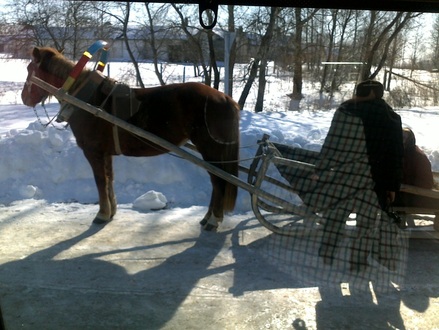
Belarus is a beautiful country. Very flat with many pine and birch forests. In the villages there are not many cars with the main modes of transport being horses and walking. The children will often walk many miles to school in all weathers. There is snow on the ground for around 5 months of the year and the temperatures regularly get to -30C
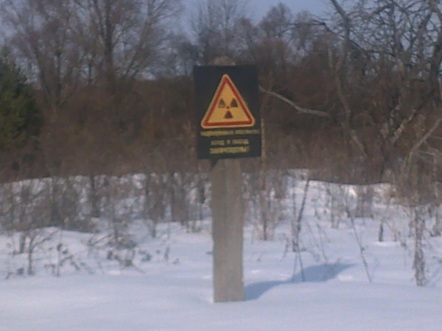
The countryside is lovely but these signs are a reminder of the radioactive contamination, which is all around. It cant be seen, tasted or smelled but it is always there doing harm to the childrens and adults bodies.
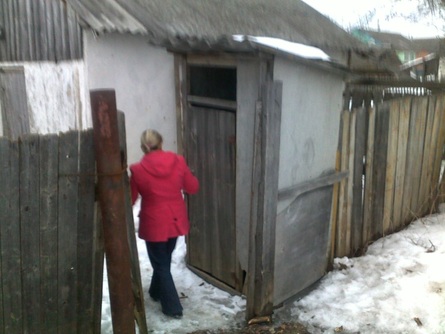
In the villages the houses are often made of wood, with no running water and an outside toilet. In this house the outside toilet is attached to the entrance gate.
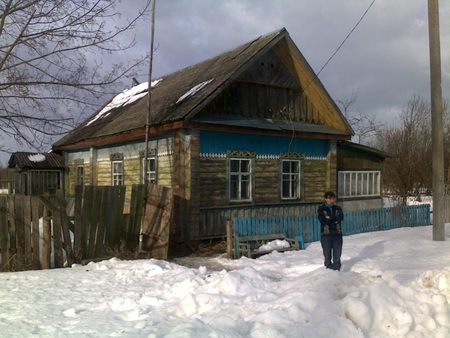
Typical village house, made of wood.
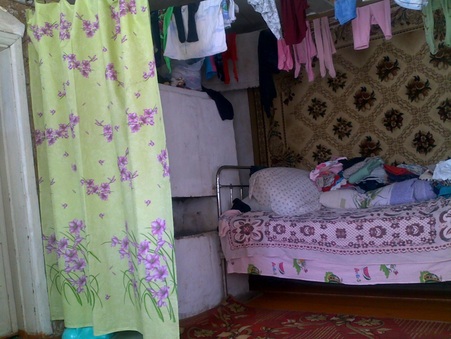
Often the rooms in the houses are used for both living and sleeping. A curtain often divides the room into the living and sleeping quarters.
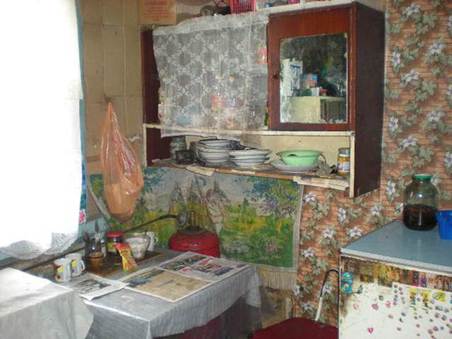
This is one of the childrens kitchens in a village. No mod cons and not much place to store food or cups or plates. With no running water food preparation is not so hygenic.
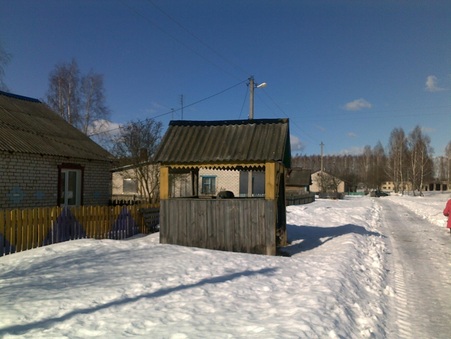
A typical village well. This is the type where you wind a bucket on a rope down into a very deep hole. The other type is operated by a hand pump. Either way, it is not as convenient as turning a tap on in your kitchen or bathroom. Filling a bath takes many trips to the well !
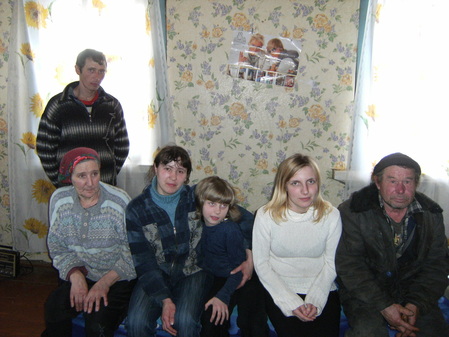
Quite often many generations of one family will live in the same house. The children we tend to take will come from either single parent families, alcoholic parents, multiple sibling families or where we feel there is a particular need due to poverty or living conditions.
In the City

In the city the children will either live in a block of flats or in a hostel. sometimes with as many as 25 families sharing a kitchen, a toilet and a shower. This often means that the families have to get up very early in the morning to queue to use the shared the facilities.
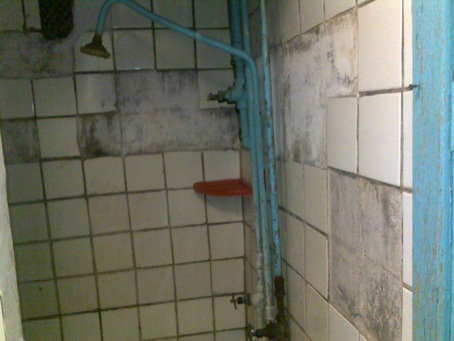
This is a shared shower in one of the hostel blocks of flats
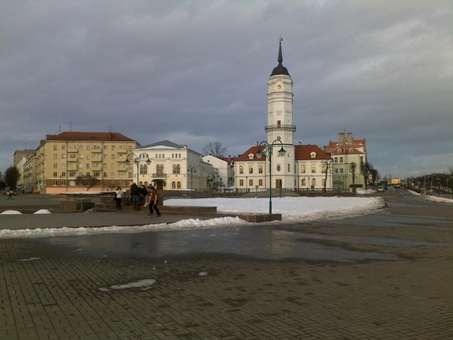
The centre of the city is beautiful. Here you can see the town hall.
